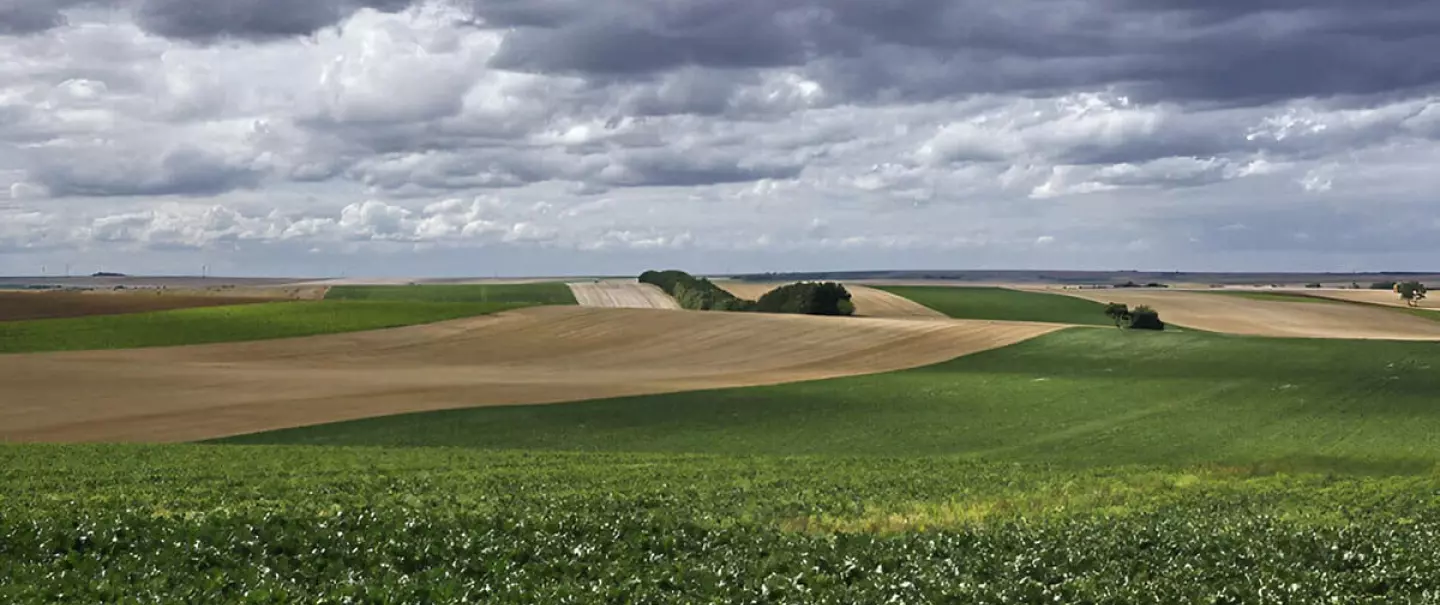
Conservation Tillage
Conservation tillage is an agricultural management approach that aims to minimize the frequency or intensity of tillage operations. This method has been growing in popularity and there are new machine...
Conservation Tillage minimizes soil disturbance and maintains soil health by leaving crop residues on the surface. Conventional Tillage involves turning over the soil to prepare the seedbed, control weeds, and incorporate fertilizers but can lead to soil erosion and moisture loss. No-Till Farming avoids disturbing the soil entirely, enhancing soil health, water retention, and reducing erosion and carbon emissions. Each method has its own advantages and challenges, impacting both the environment and agricultural productivity.
Conservation Tillage is a farming practice aimed at reducing soil erosion and preserving soil health. This method minimizes the disturbance of soil by leaving crop residues on the surface after harvest. Benefits of conservation tillage include improved water infiltration, reduced runoff, and enhanced soil organic matter. It also helps in reducing fuel and labor costs, making it an environmentally friendly and economically viable option for farmers.
Conventional Tillage involves the use of plows and other machinery to turn over and break up the soil before planting. This method has been traditionally used to prepare the seedbed, control weeds, and incorporate fertilizers and organic matter into the soil. While it can provide a clean and smooth seedbed, conventional tillage can also lead to increased soil erosion, loss of soil moisture, and degradation of soil structure over time.
No-Till Farming is a modern agricultural practice that completely avoids disturbing the soil. Seeds are directly planted into the undisturbed soil, often with the aid of specialized equipment. This method offers numerous benefits, including improved soil health, reduced erosion, and better water retention. No-till farming also helps in preserving soil biodiversity and reducing carbon emissions, making it a sustainable and environmentally friendly approach.

Conservation tillage is an agricultural management approach that aims to minimize the frequency or intensity of tillage operations. This method has been growing in popularity and there are new machine...


